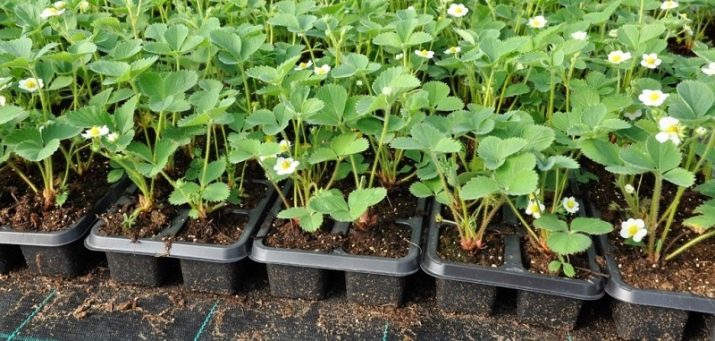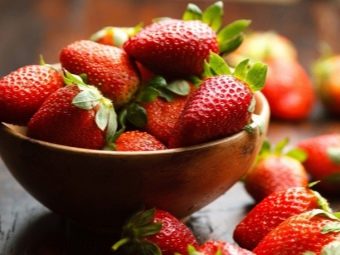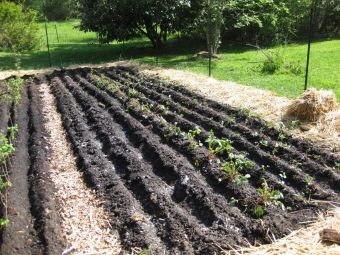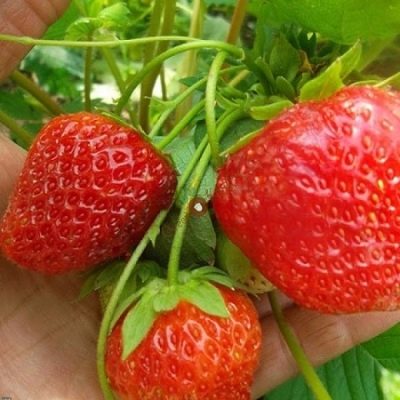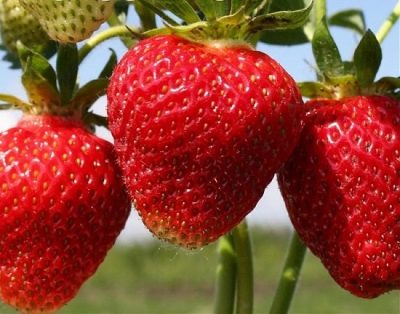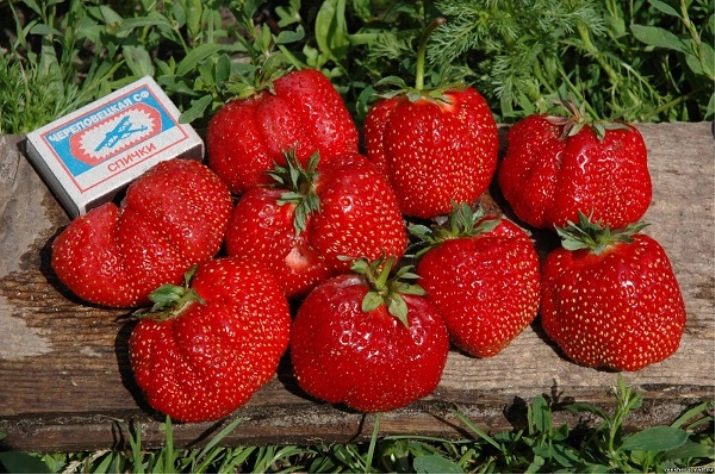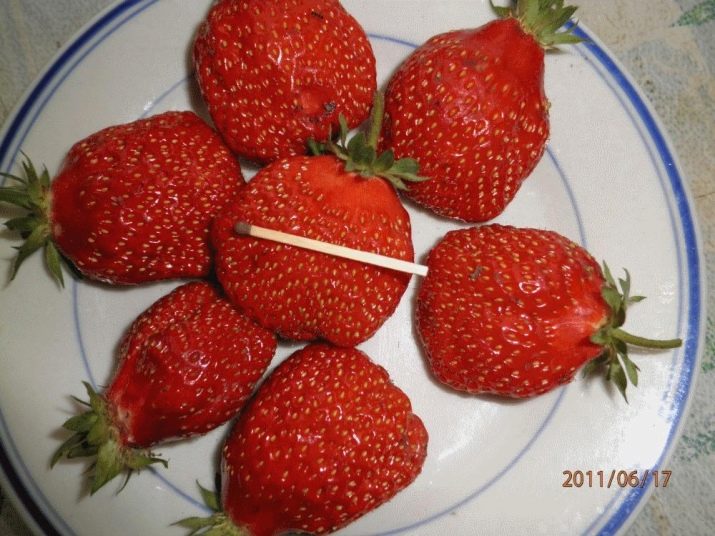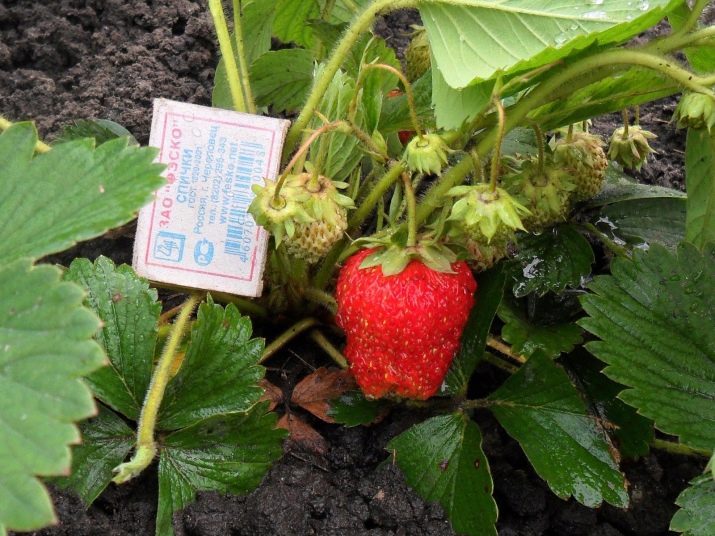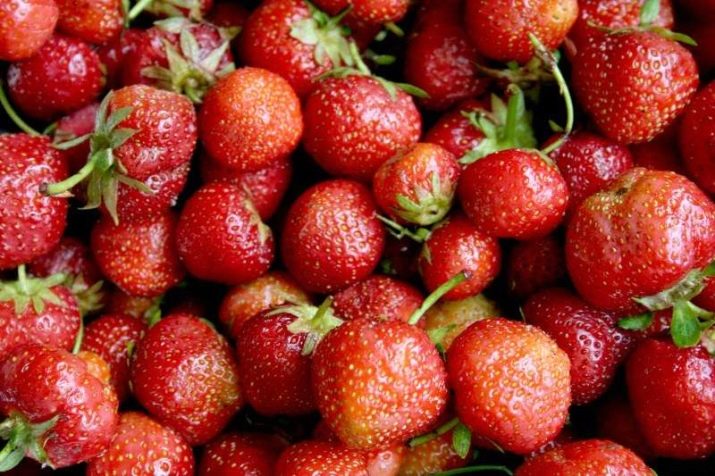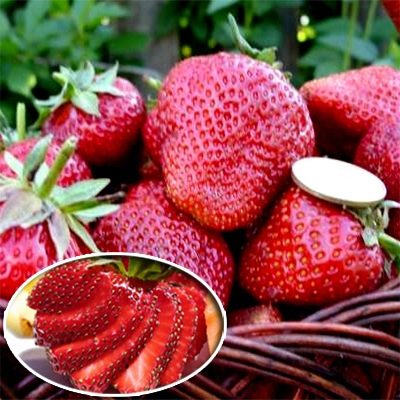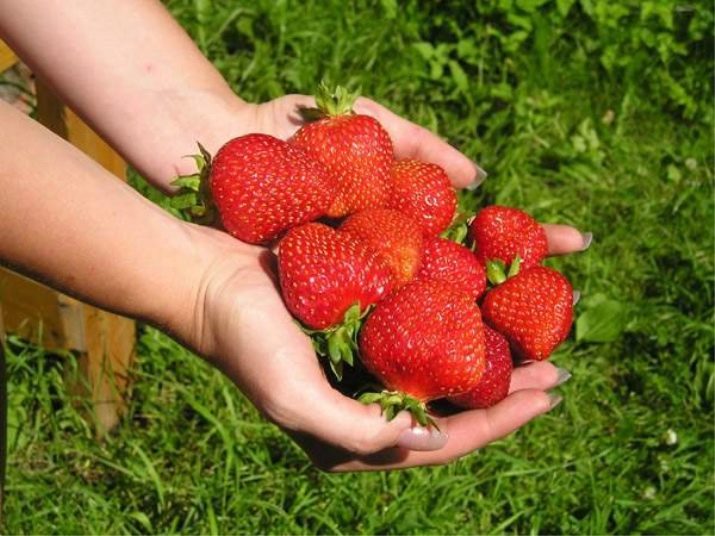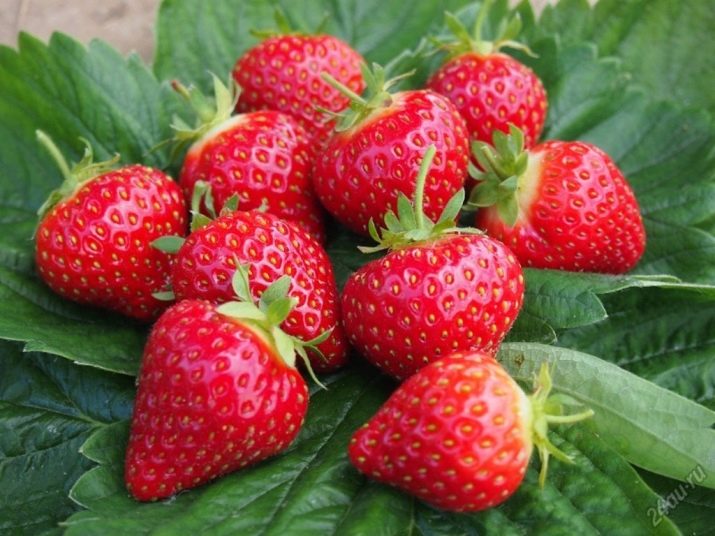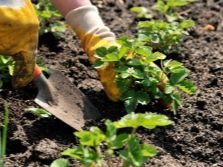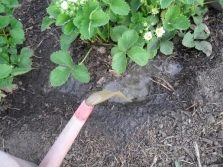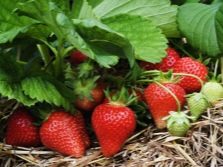What strawberry varieties to choose for growing in Siberia?
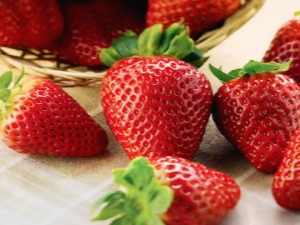
Strawberries as a garden berry are loved by both adults and children.Many gardeners are engaged in growing this crop in the hope of gathering a rich harvest. However, farmers' expectations are not always justified, because even with all the recommendations for planting and cultivation, you can get a poor harvest. Most often, the problem lies in the illiterate selection of varieties of berries for a particular climate, for example, for Siberia.
Criterias of choice
When choosing a suitable variety of strawberries, it is necessary to decide for how long the berries will ripen and whether the repair type of berries is necessary. Such plants give a rich harvest two times one season. There are also varieties that produce fruit constantly every six months. Such varieties require careful maintenance and preventive measures from pests. Remontant varieties of strawberries for Siberia are most effective for growing in conditions of security, where you can increase the growing season and fruiting.
Depending on the ripening period, early-ripening, mid-ripening and late-ripening strawberry varieties are distinguished. First grade fruits late in the spring, late-ripening fruits ripen in mid-summer. Rebuilding winter-hardy strawberries will delight with its fruits from spring to the start of frost.
When choosing seedlings for planting in this region, parameters such as resistance to cold, adaptability to minimal lighting and various parasites are necessary. These parameters correspond to modern zoned varieties of berries.
Description of the most popular varieties
For Siberia, it will be useful to use primarily zoned varieties, and also remontant ones will have good results.
Zoned
For Siberian conditions, special regional varieties of berries were bred by Russian and foreign specialists. Consider those that are considered the best of them.
"Fairy"
"Fairy" - a variety of strawberries, referring to the mid-season species, intended for growing in cold regional conditions. A distinctive feature of this variety is a strong immunity to the invasion of parasitic worms and diseases. According to the majority of summer residents, even during strong frosts, the bushes of the plant are not damaged.
"Fairy" has a sweet taste and delicate elegant aroma. These are very large fruits weighing up to 40 grams in the shape of a cone. A special advantage of this variety of strawberries is considered to be a rich yield, since up to one and a half kilograms of fruit can be obtained from one bush.
Plants are straight, small and unlearned. Strawberries do not need special care, but when organic fertilizer is applied it gives a high yield.
"Festival"
"Festival" is considered the best variety, because it brings tasty and big berries of bright red color with a delicate aroma. The berries have a round or flat shape weighing about 30 grams. On the outside of the strawberry you can see the grooves. The ripening period is late, but the fruit is fruited for a long time.
Due to the rich harvest of berries, you can make various blanks for the winter period. Strawberries do not spoil for a long time, so that up to 5 days it will not lose its taste and quality for further sale.
The variety "Festival" is resistant to harsh climatic conditions, so it is not afraid of any frosts. Each bush has a large number of leaves. The variety has the ability to regenerate, with any damage the leaves grow quickly, thereby restoring the normal functionality of the plant.
The main disadvantages of this class can be considered unstable to diseases.
"Mascot"
A unique variety called "Talisman" was invented by Scottish specialists. Only recently, he was recognized as a suitable variety for cultivation in the Far North. Strawberries are highly resistant to severe frosts and are not subject to invasion by various parasitic organisms.
Fruits are large, rounded and cylindrical, weighing more than 20 grams.Species refers to mid-season, the fruits ripen in mid-summer. Strawberries are more than 1 kg per 1 m2.
This variety belongs to the semi-repaired species. That is, the fruits ripen in the summer on last year's bushes, and in the autumn - on the shoots of this year. Due to the large number of whiskers on the bushes, it can be concluded that the fruits during the second harvest will also be abundant. With the introduction of additional dressings, you can increase the yield of the beds.
The downside of this variety is that high yields and excellent taste are manifested only a couple of years.
"Lviv Early"
Variety "Lviv Early" is grown in special areas by professionals and ordinary gardeners. He has been known for many years, and reviews confirm that the variety does not fail in any way. It is possible to plant seedlings on any soil, the plants will quickly take root and will bear fruit every year, as well as please with their rich harvest.
The fruits of the variety begin to ripen in late spring. Each berry weighs about 30 grams. The shape of the strawberry is a truncated cone.
This variety is characterized by unpretentiousness to growing and medium resistance to frost. Therefore, to prevent the destruction of bushes from the cold, it is recommended to cover them with sacking. Various diseases are not terrible to this variety, strawberry mites are the greatest danger for it.
"Idun"
Strawberry varieties "Idun" unpretentious in growing. The variety is bred in Denmark exclusively for growing in cold regions. It grows and gives a rich harvest on any kind of soil. Requires only high moisture content.
The early variety has ripened at the end of spring. Form - rounded mass not exceeding 25 grams. The flesh is juicy and soft. "Idun" can not be stored or transported for a long time.
Strawberry has a strong immunity to various diseases and the invasion of parasitic microorganisms. Verticillosis and gray rot represent the greatest danger to the plant. When mechanical damage bushes can quickly regenerate.
"Omsk Early"
Berries "Omsk Early" - a world famous variety, intended for growing exclusively in the northern regions. Due to the large number of leaves on each bush, the plant is not afraid of any frost and does not freeze. It has good resistance to the invasion of parasitic organisms and diseases.
The fruits are small, weighing only about 10 grams. The berries contain a high content of sugar and vitamin C. According to reviews of farmers, this variety is estimated at 4.5 points on a five-point scale.
Bushes do not differ sprawling and large size, but have a large number of branches. This provides a rich variety of yields. With one square meter can be collected about 1.5 kg of strawberries.
The above varieties of plants are intended for cultivation in the northern regions. No less popular types of strawberries are "Darenka" and "Amulet". Zoned strawberries are grown both by amateur gardeners and in special agrotechnical plantations.
Remontant
The main advantages of remontant strawberry varieties is a high level of fruiting, which is ensured through several stages of berry formation and ripening. Growing in greenhouse conditions allows you to increase the vegetation period of plants and increase yields. Repair varieties of berries begin to ripen from early spring until autumn.
"Queen Elizabeth II"
Strawberry variety called "Queen Elizabeth II" is considered one of the best and is great for growing in cold areas. It gives a good harvest annually, about 1.5 kg of berries are harvested from one plant. These are large fruits weighing up to 80 grams, but can reach 100 grams. It has a sweet taste.
This variety has the feature of continuously fruiting. It is resistant to frost, invasion of parasitic organisms and diseases.
"Lord"
Variety "Lord" gives a rich harvest, has large berries and is resistant to cold. Mid-season strawberries weighing up to 100 grams begin to ripen in mid-summer. In August, you can pick berries on the second stage. However, they will have less weight and size, but tastes will not differ in anything.
This productive variety differs in whimsicalness in leaving. Strawberries are grown only in places with constant sunlight, in order to avoid rotting of the fruit, it is necessary to mulch the soil. With the introduction of organic matter and abundant irrigation, the harvest from one bush can be up to 1 kilogram.
Honey
The strawberry variety “Honey” is a popular variety that gives a rich harvest in early spring in greenhouse conditions. On the open ground, the berries ripen in May. In late August, you can collect the second stage of the harvest.
Characteristic features of this variety are a rich harvest of up to 1.2 kg per m2, large fruits weighing up to 30 grams and resistance to cold climates. It can be grown both in greenhouse conditions and in an open area.
All of the listed remontant varieties of berries are perfectly adapted to regions with a harsh climate. They allow you to get a rich harvest, but only with careful care and regular watering. To create more favorable conditions for growth and increase the yield, you can grow a crop in greenhouses.
Recommendations for growing
When planting strawberry seedlings are settled on the constant beds. In those places where tomatoes were previously grown, potatoes, parasitic worms may appear. But it is also not recommended to plant seedlings next to garlic, raspberries, fennel. Best of all, strawberries will take root next to legumes. Before planting, it is necessary to disinfect the soil from fungal diseases with copper sulfate and lime diluted in hot water. It is also necessary to thoroughly weed the beds and apply fertilizer.
In order for plants to take root, you must:
- straighten the roots of seedlings so that they do not stick in the ground;
- for large roots, it is necessary to make deeper holes and pour water there;
- before planting the root system of plants sprayed with substances to stimulate growth;
- Strawberry bushes should be planted at a distance of at least 20 cm.
- It is best to seat strawberry whiskers in rainy weather.
Cultivation and care of strawberries largely depends on the variety. However, all types of plants love an abundance of moisture, so you need to water the beds at least 2 times a week and periodically feed them. At the same time, you should not overfeed the plants, otherwise the bushes will be leafy and without fruits.
Various diseases can leave without harvest. These include gray rot, which looks like a raid of gray color, as well as a strawberry mite, which you can not see, the leaves twisted in the tubes indicate an invasion of mites. To prevent gray rot from ripening the fruit, it is necessary to water the beds with cold water and mulch.
And also once in 4 years it is necessary to transplant strawberries to a new place. This will avoid gray rot and not degrade the taste of ripe fruit.
In late summer or autumn, potassium and phosphorus must be added to prepare strawberries for winter. It is recommended to cut strawberry tendrils and cover plants with spruce leaves, and some experts are against it. However, this procedure will avoid the freezing of strawberry bushes during the cold period.
In the next video you will find the technology of growing remontant strawberries of the "Elizabeth II" variety in Siberia.

